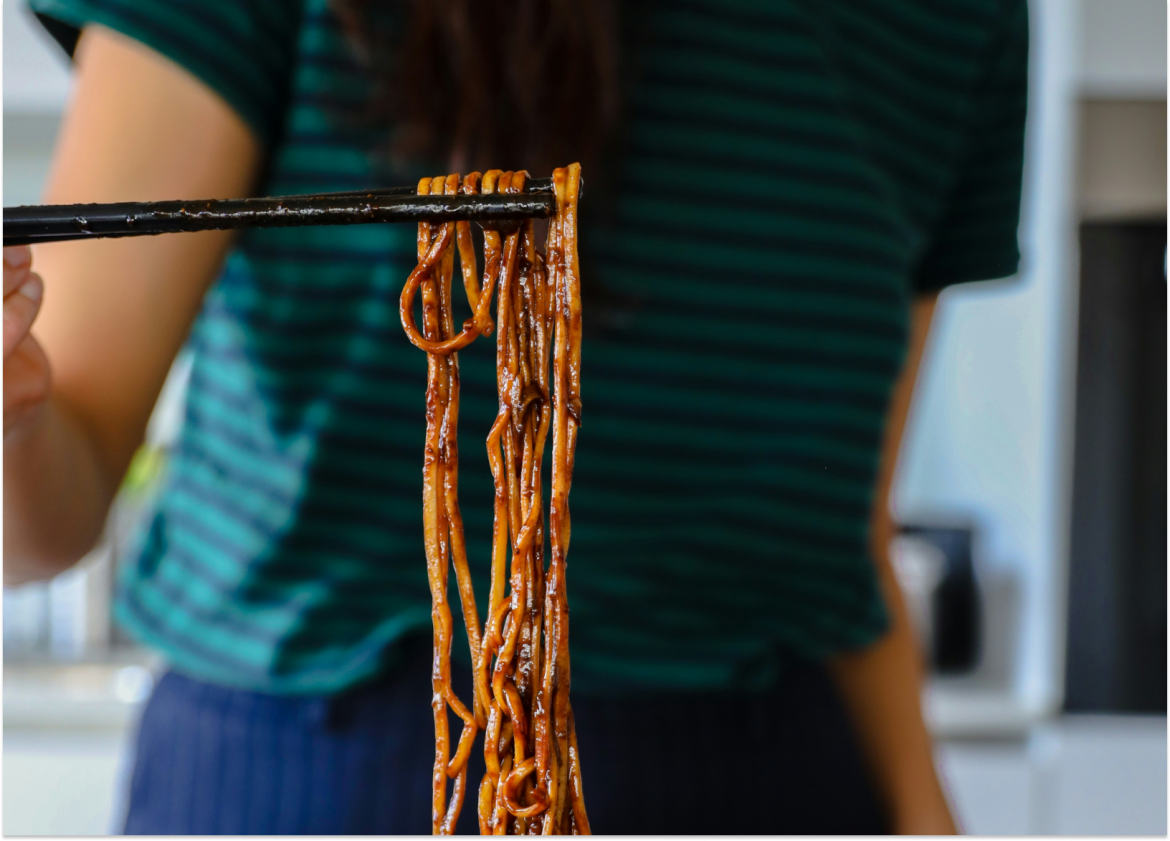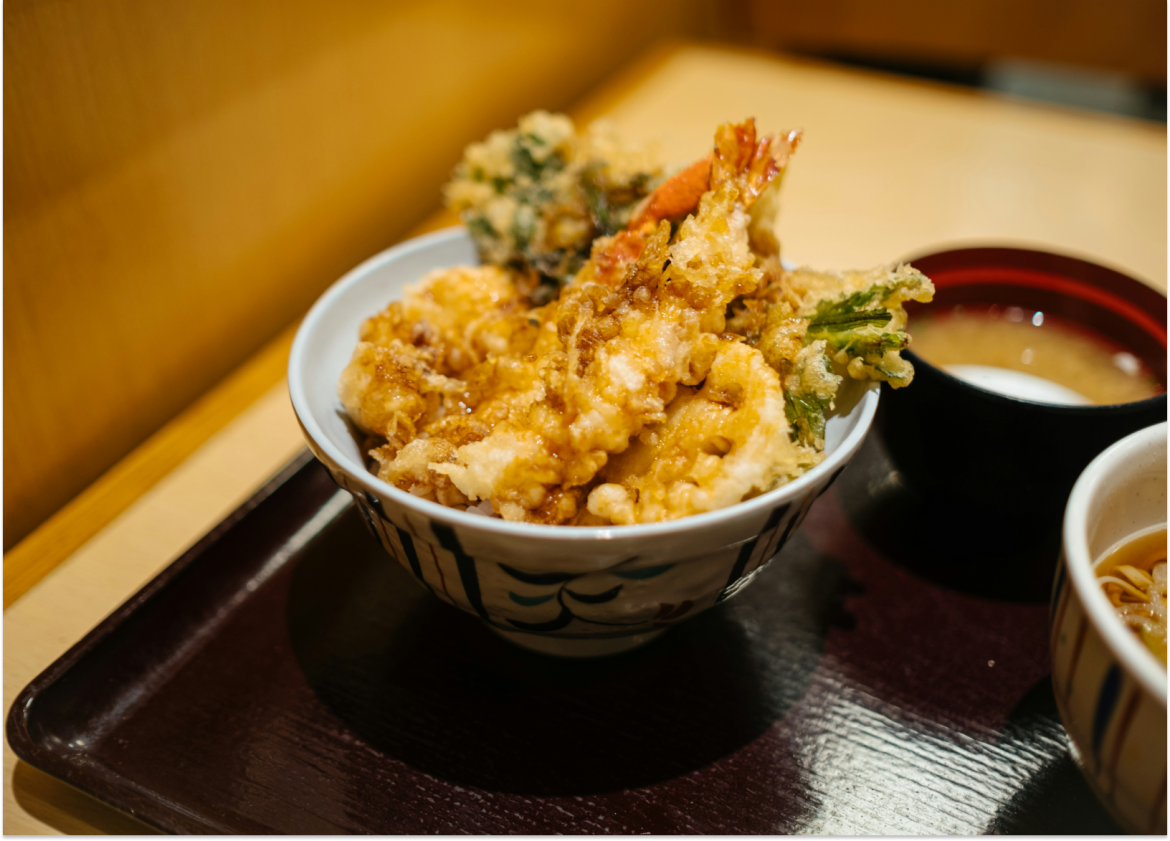Asian cuisine has long been celebrated for its vibrant flavors, diverse ingredients, and healthful cooking techniques. For those who choose to follow a vegetarian diet, Asian cuisine offers a treasure trove of delicious and nutritious options that showcase the abundance of plant-based ingredients available in the region. From fragrant curries and hearty soups to colorful stir-fries and satisfying noodle dishes, vegetarian Asian cuisine is a celebration of fresh vegetables, aromatic spices, and bold flavors. In this article, we’ll explore some tasty and healthy recipes for lovers of green food, inspired by the culinary traditions of Asia.
1. Thai Green Curry
Thai green curry is a fragrant and flavorful dish that showcases the vibrant flavors of Thai cuisine. Made with a creamy coconut milk base and a fragrant green curry paste, this dish is packed with vegetables such as bell peppers, zucchini, and eggplant, as well as tofu or tempeh for protein. The curry is typically seasoned with fresh herbs such as Thai basil, cilantro, and kaffir lime leaves, adding brightness and depth to the dish. Thai green curry is traditionally served with steamed jasmine rice or rice noodles for a satisfying and nourishing meal.
2. Vietnamese Pho
Pho is a beloved Vietnamese noodle soup that is prized for its rich, savory broth and aromatic spices. While traditional pho is made with beef or chicken, vegetarian versions of this dish are equally delicious and satisfying. Vegetarian pho typically features a fragrant broth made from simmering vegetables such as onions, garlic, ginger, and star anise, along with a variety of mushrooms for depth of flavor. The soup is then ladled over cooked rice noodles and topped with an assortment of fresh herbs, bean sprouts, lime wedges, and chili sauce for added flavor and texture.
3. Indian Saag Paneer
Saag paneer is a classic Indian dish that features tender spinach leaves cooked with aromatic spices and cubes of paneer cheese. While the traditional version of this dish includes paneer cheese, a vegetarian alternative can be made using tofu or potatoes for protein. The spinach is typically cooked with onions, garlic, ginger, and spices such as cumin, coriander, and garam masala, resulting in a rich and flavorful sauce that coats the tofu or potatoes. Saag paneer is traditionally served with steamed rice or Indian flatbread such as naan or roti for a hearty and satisfying meal.





